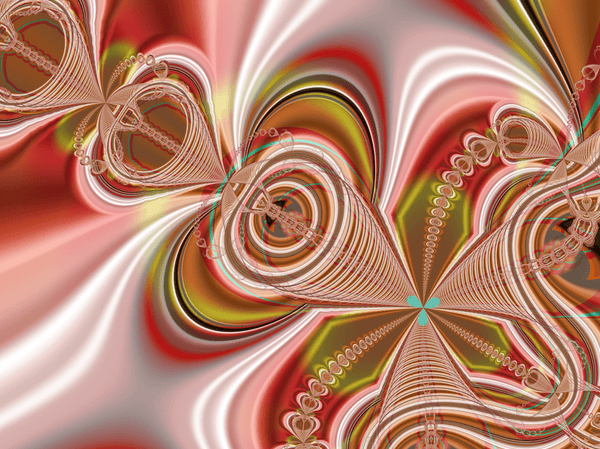Creating a teaching environment

“The art of teaching is the art of assisting discovery” Mark Van Doren (June 13, 1894 – December 10, 1972, American poet, writer and critic)
As teachers we tend to see us as helpers, we want to move along, impart
knowledge, and have great students who reflect on our abilities. It can be a
trap. This attitude can lead us into judgement. We think we know what is best
for our student or client. We want to move them along, speed up the process.
We get annoyed if we do not succeed; we secretly or openly blame it on the
student.
I never wanted to be a teacher. My mum was, so was my aunt and uncle, my
granddad and both my other grandparents, my brother chose that profession.
Somehow I wasn’t able to escape the call of teaching or the teaching gene.
Apparently my great-great-great grandfather was a headmaster in a little
school, and there are teachers in every generation ever since, so it must be in
my genes I guess.
Having avoided the call successfully up into my late 20s, my path then took
me eventually to teaching, just not into a classroom.
And I love teaching. I learn so much from all my students and clients. Every
day, every session, the experience is humbling.
It has been a steep learning curve.
I for one still occasionally fall into the trap of over-explaining, using all my
knowledge that I think I have, trying to lead. Doing this I discovered that I am
likely to create a teaching atmosphere that does not allow for true embodied
and creative learning.
So how can we change our approach to teaching and what can we strive for?
I discovered a few rules I try to adhere to as much as I can.
1. Levelling the playing field to neutral
As human beings, we are quick to find faults, noticing the negative, focussing
on problems, reacting to threats, asking what we are doing wrong. It’s a
safeguard of course. I rather run away once too often because I have seen
something that might be a threat, than not reacting and getting killed. So
noticing the bad is a normal response.
If I ask a client or student how they are doing, us being in a teaching and work
setting, the response tends to be: I am hurting here, I struggle with this, I am
still doing this wrong, etc.
To level the playing field I now start to ask what is good, what went well.
Before this I open with an appreciation. An honest compliment goes a long
way to levelling into a more positive atmosphere. But it has to be honest.
Quite often there is complete silence at first, if I ask for the good. However as
a first round of communication this opens up creativity and the willingness to
think for your self and to explore. During the lesson I try to adhere to the rule
of 5 positive things for every opportunity for growth. A lot of scientific studies
have shown, that this is the ratio we can best deal with negative feedback.
2. Listen, listen and listen
This is a big one. We tend to talk, talk and talk, especially as teachers. We
don’t truly listen. We listen to find the next possibility to interrupt. That can
have lots of reasons.
! We think we know what they are going to say next, and want to shorten
the time
! We think we know better
! We think we lose our thread of thought, if we don’t jump in
! We are so enthusiastic about the topic, that we want to keep talking
about it
And lots of reasons more.
Listening means keeping our selves curios and interested. It means to keep
looking at our clients and students and whenever they look at us while talking
meeting their eye. It means to listen without interruption even if we cannot
follow their train of thought. If we can, we should refrain from questioning. We
do not need to understand everything. It means to keep listening even if there
is a break in talking. This is when thinking magic happens. When we notice
that the inner lights are switched on and the mind is working on its own,
involved in its own discoveries. There are no words yet but they will come. It
means holding the space for this and staying patient, allowing for this journey
of discovery.
In the teaching environment of the studio, talk is hopefully the lesser part of
the picture; we listen with our hands and with our awareness, focussing our
attention, which is the next point.
3. Attention and awareness
If you have read my earlier blogs, you know that at Spatial Medicine/CPM we
guide our clients and students into focussing their attention and becoming
aware of themselves. It is essential that as teachers we strive for the same in
every hour we teach. And I have to even split it. To succeed, I aim for putting
myself into a state of awareness and attention of myself, before I start the
lesson, so that I can focus my attention and awareness on the client. If I am
attentive and curious my student will be more willing to explore and discover
on his own, knowing I hold the space and knowing there is no right or wrong
in the bodies workings, just different choices, some easier some more costly.
If I keep myself interested we are entering the playground together as equals.
It doesn’t matter if my journey has taken me to places that are yet to be
discovered in my client or student. I only need to nudge a little here or there,
no push needed. It will come, and if it does it has the benefit of being a true
self-discovery rather than something I have them do, or they do for my
benefit.
Closely related to this is rule number four.
4. Compassion
As a teacher, have compassion with yourself. Yes with a student that is a
given, but with yourself? Know that you always do the best you can at this
very moment. And your best is going to change from day to day, from hour to
hour, from session to session.
And lastly
5. Show up
I don’t mean expose yourself or over-share, but be true to yourself. Allow
yourself to be vulnerable. There are bits of your own journey that might help a
client or student if they know it. You might be able to show them some
challenges that are your playground at the moment. Let them know that you
do not consider yourself perfect, that you do not know everything. In my case
the key to being curious is to remind myself that really, after all this time, I do
not know anything for sure and keep exploring and playing about. And playing
is the hardest thing for me personally to do. I sometimes tell them that.
Moving into this mindset, striving to create this teaching atmosphere, I can
only restate, that my biggest teachers are my students and clients. I learn
every single session. We are in this together, and I discover a new cue, that
pops into my head, a new way of using my touch, a different way of seeing
things in virtually every session.
I am grateful to have found this path that is so rich in discoveries. Teaching is
life long learning. Books and Workshops give ideas, discoveries happen in my
field of work with people.
© Joachim Schultz September 2017
Also in Articles

Exploring the Upper Four

Tinnitus - My spiritual journey into despair, sound, frequency, acceptance and healing possibilities

